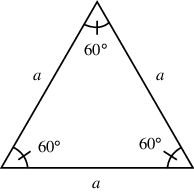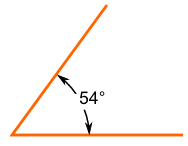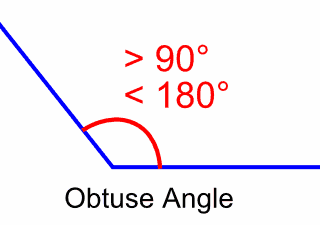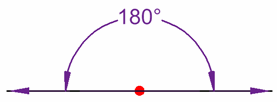
In the picture above line m and line n are parallel. Line t is the transverse line. Because there is a transverse line it has formed angles which are 1,2,3,4,5,6,7,8.
A vertical Angle is created by intersecting lines which are pairs of angles whose sides are two pairs of oposite rays. They are the same degrees and are opposite of each other. The vertical angles in the picture above would be <1 and <4, <2 and <3, <5 and <8, <6 and <7.
Corresponding angles can only be found with parallel lines. When two lines are crossed, by a transversal line, the angles in matching corners are corresponding. In this picture above the corresponding angles are <4 and <8, <2 and <6, <1 and <5, <3 and <7.
Hope this helped with parallel lines and their angles!










